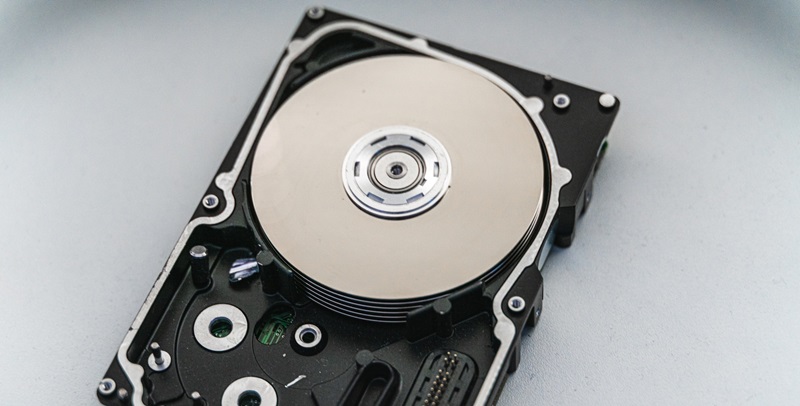Seagate Technology Holdings plc made a groundbreaking announcement today. They introduced Mozaic 3+, a revolutionary hard drive architecture that incorporates a nanophotonic laser and other hardware innovations. This cutting-edge technology is set to power Seagate’s flagship Exos line of data center HDDs, promising unparalleled performance and storage capabilities.
Application of Mozaic 3+
Seagate has chosen to implement the Mozaic 3+ architecture specifically for its Exos line of data center HDDs. With this advanced hard drive architecture, Seagate aims to redefine the standards of data storage in the industry, providing businesses with high-performance and reliable solutions.
Increased Storage Capacity
One of the major breakthroughs of the Mozaic 3+ architecture is its remarkable storage capacity. Seagate confidently claims that the newly developed hard drives will be capable of storing more than 30 terabytes of information. This substantial increase in storage capacity will empower businesses to efficiently manage and store vast amounts of critical data.
Technology Behind Mozaic 3+
At the heart of Mozaic 3+ lies the innovative HAMR (heat-assisted magnetic recording) technology. In traditional hard drives, data is stored by encoding bits into the magnetic fields of the drive’s structures. However, this method presents challenges, including magnetic interference and reliability issues.
The HAMR technology incorporated into Seagate’s Mozaic 3+ addresses these concerns by utilizing a nanophotonic laser to assist in the writing process. By generating intense heat on a microscopic scale, the laser enables more precise and efficient encoding of data bit patterns. This breakthrough advancement mitigates the negative impact of magnetic interference, allowing storage manufacturers to create higher-capacity hard drives.
Advantages of Mozaic 3+
Seagate proudly claims that Mozaic 3+ offers a significant advantage over other HAMR implementations available in the market. A key highlight of this architecture is its unique grain design, which is based on a specialized alloy known as “iron-platinum superlattice.” This alloy, combined with the heat-assisted recording process, ensures enhanced stability and durability, contributing to the overall reliability of the hard drives.
Furthermore, the Mozaic 3+ architecture combines multiple hardware innovations, including improved error correction, faster disk access times, and enhanced power efficiency. These advancements make the Exos line of data center HDDs not only incredibly powerful but also more environmentally friendly.
Seagate’s launch of Mozaic 3+ marks a significant leap forward in the field of data storage. With its use of nanophotonic laser technology, HAMR implementation, and other hardware innovations, this new hard drive architecture promises to revolutionize the capabilities and performance of data center HDDs. The increased storage capacity, improved reliability, and energy-efficient design are crucial in meeting the escalating demands of modern businesses. Seagate’s commitment to pushing the boundaries of data storage technology ensures that their Exos line of HDDs will remain at the forefront of the industry.

